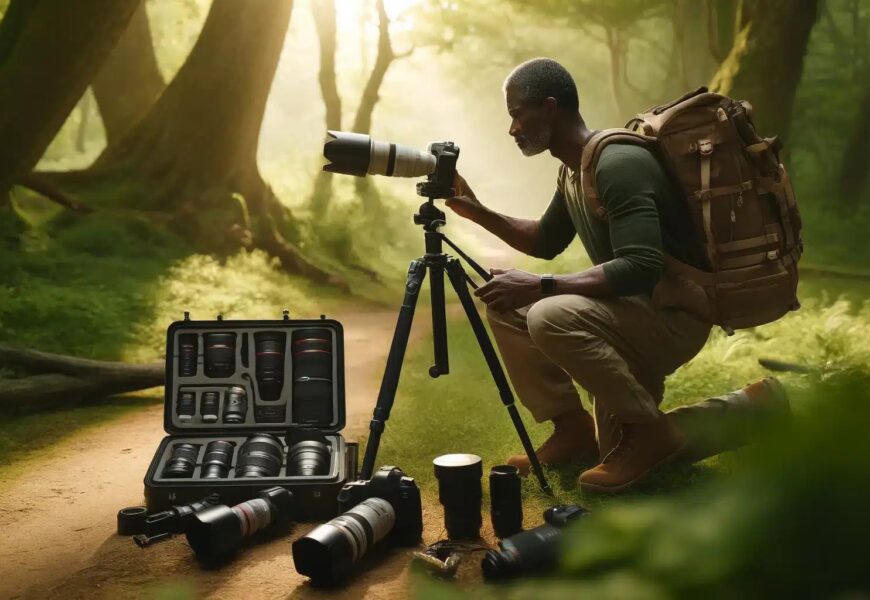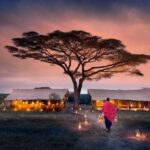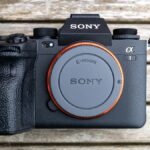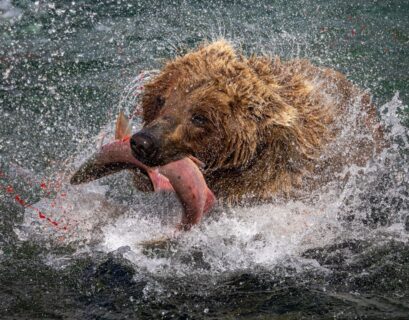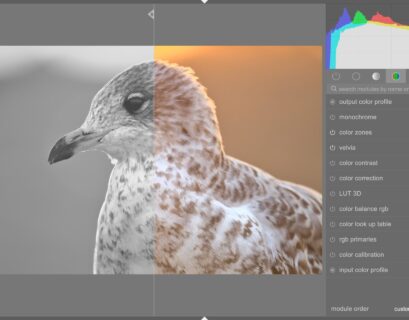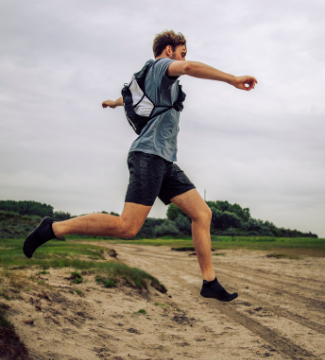Embarking on wildlife photography adventures requires more than just a good camera. To capture stunning images of animals in their natural habitat, you’ll need a range of essential gear items. Here’s a comprehensive list of must-have equipment to ensure you’re well-prepared for your next wildlife photography expedition.
High-Quality Camera: The Heart of Your Kit
A reliable, high-quality camera is the cornerstone of any wildlife photographer’s kit. Whether you choose a DSLR or a mirrorless camera, ensure it has fast autofocus, high-resolution capabilities, and good performance in low light. Cameras with a high burst rate (frames per second) are also beneficial for capturing fast-moving subjects.
Telephoto Lens: Getting Up Close
A telephoto lens is crucial for wildlife photography, allowing you to capture detailed shots of animals from a safe and respectful distance. Lenses with focal lengths of 300mm or more are ideal for photographing wildlife. Consider a zoom lens for versatility, enabling you to adjust focal lengths without changing lenses.
Tripod: Stability and Sharpness
A sturdy tripod is essential for maintaining stability, especially when using long telephoto lenses or shooting in low light conditions. A good tripod helps eliminate camera shake, ensuring your images are sharp and clear. Look for a lightweight yet robust model for easy transport and stability in various terrains.
Camera Backpack: Organized and Accessible
A camera backpack is indispensable for keeping your gear organized and easily accessible. Choose a backpack designed specifically for photographers, with padded compartments for your camera, lenses, and accessories. Ensure it’s comfortable to carry, as you may be trekking through challenging environments.
Binoculars: Scouting and Spotting
Binoculars are invaluable for spotting and scouting wildlife before taking photos. They help you observe animal behavior from a distance, allowing you to plan your shots and avoid startling your subjects. Opt for a pair that is lightweight and offers a clear, bright view.
Memory Cards: Ample Storage
Wildlife photography often involves capturing a large number of images, especially when shooting in burst mode. Carry several high-capacity memory cards to ensure you don’t run out of storage space. Choose cards with fast write speeds to handle the large files from continuous shooting.
Extra Batteries: Extended Shooting Time
Wildlife photography sessions can be lengthy, and you don’t want to miss a great shot because of a dead battery. Carry extra batteries to ensure you have enough power for a full day of shooting. It’s also a good idea to invest in a portable charger if you’ll be in remote locations.
Weather Protection: Safeguarding Your Gear
Protecting your gear from the elements is crucial in wildlife photography. Invest in rain covers for your camera and lenses to shield them from rain and moisture. Consider a weather-sealed camera and lens, especially if you frequently shoot in harsh conditions.
Camouflage Clothing: Blending In
Wearing camouflage clothing helps you blend into your surroundings, making it easier to get close to wildlife without being detected. Choose clothing that is comfortable and suitable for the environment you’ll be in, whether it’s a forest, desert, or wetland.
Lens Hood: Reducing Glare
A lens hood is a simple yet effective accessory that helps reduce lens flare and glare from the sun, enhancing image quality. It also provides some protection for your lens from accidental knocks and the elements.
Remote Shutter Release: Minimizing Movement
A remote shutter release allows you to take photos without touching the camera, minimizing the risk of camera shake. This is particularly useful when your camera is mounted on a tripod, ensuring sharp images even with long exposures.
Cleaning Kit: Keeping Gear Pristine
A cleaning kit is essential for maintaining your camera and lenses, especially when shooting in dusty or wet conditions. Include a blower, lens cleaning solution, microfiber cloths, and sensor cleaning tools in your kit to keep your gear in top condition.
Field Guide: Identifying Wildlife
A field guide specific to the region you’re photographing can be incredibly helpful. It aids in identifying species, understanding their behaviors, and learning the best times and places to find them. This knowledge can significantly enhance your wildlife photography experience.
Conclusion
Equipping yourself with the right gear is fundamental to succeeding in wildlife photography. Each item on this list plays a vital role in helping you capture breathtaking images of wildlife. By being well-prepared and having the essential gear at your disposal, you’ll be ready to tackle the challenges and seize the opportunities that wildlife photography presents. Happy shooting!

